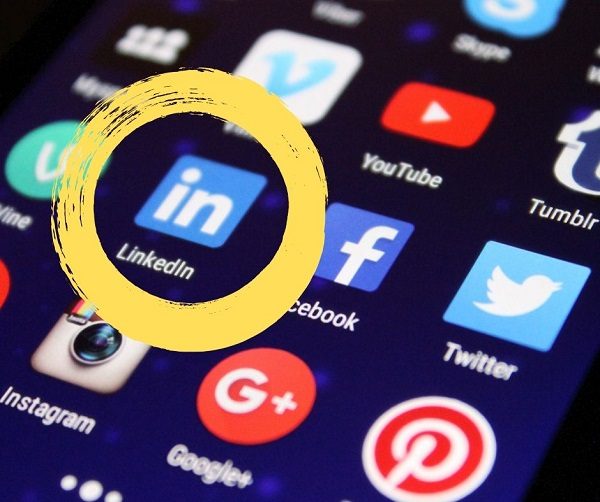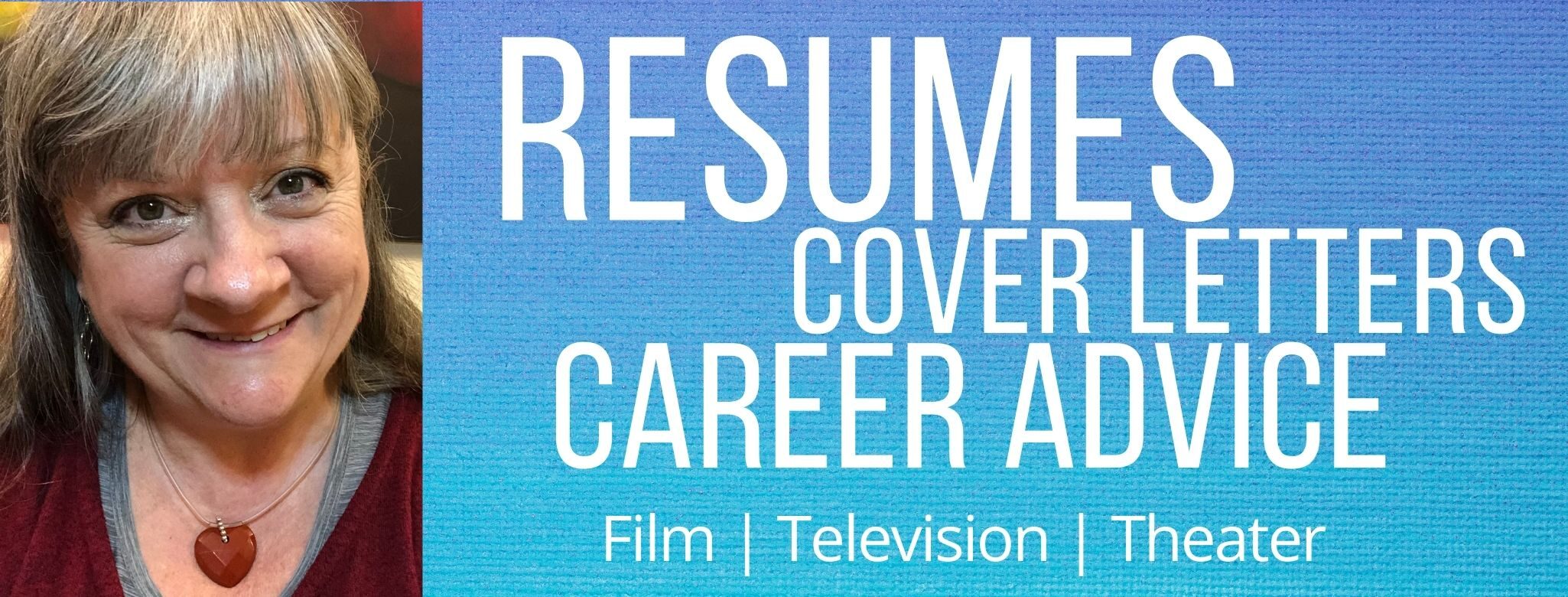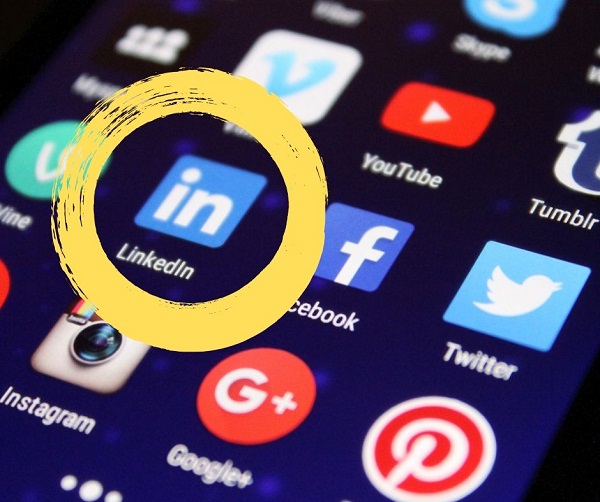
Since most of your jobs, especially in freelance or contract production roles, WILL come from referrals as a result of your networking, it is tempting in Entertainment, to ignore your LinkedIn profile. I recommend not doing that, but rather keeping your profile current and vibrant, and using LinkedIn as a resource.
LinkedIn can help you by being a place where you can direct employer inquiries, especially if your IMDb profile is less than stellar, and your website is, shall we say, “under construction.” Did you know that it is possible to upload media links to your profile, including portfolio images and your reel?
- By the way – do check your IMDb for accuracy and duplicate accounts. It is possible to bring all your credits together.
There are opportunities to network on LinkedIn, by joining relevant groups. Once you are in them, participate and contribute. Answer questions, comment on posts, post interesting items you find.
You can also link your blog to upload your own posts, and you can write content directly into the LinkedIn publisher and gain new readers and members in your network that way.
Plus, of course, there are recruiters within LinkedIn, who will see your profile when you have the right keywords and job skills highlighted in your profile. You can adjust your settings to have job leads – these are jobs that have been listed/advertised – send directly to your inbox. However, it is up to you to visit regularly and check your notifications and messages.
Optimize your profile
Your should consider your LinkedIn profile a gateway to your niche. But since you are not customizing to a particular job listing, you instead want to keyword load with a broad selection of relevant keywords. One place you will find great keywords is on the similar profiles of other people who are successful in your same niche. So, do some research.
You want to make sure that your leading sentence, the words under your name, include the main synonyms for your job title, and also have a phrase like “Available” or “Currently seeking freelance [job title] gigs” if you are actively looking for work. It will partially auto-populate, but you can add more words.
Ensure that your Summary includes some metrics, like the years of experience, and repeats the job titles. Many of my clients copy-and-paste the resume summary directly – although you won’t be able to copy the bullets. Just make paragraphs.
Under your jobs history, which automatically will upload in reverse chronology, it is OK, in fact desirable, to be repetitive. In this case, say what your achievements and duties were for each job, even if they are all very similar. “Bullet” using stars or dashes if you want. Please remember the big secret of LinkedIn – it is a search engine masquerading as a social network. SEO means keyword repetition. Concerned it will look too long for the human reader? Don’t worry. LinkedIn will automatically trim each item and include a “See more” button. (So make the first keywords, the most important ones.)
Also, the search bots are known to give more weight to information at the start of your profile (ie the Summary content and the most recent jobs). This means that you can customize your presentation as a freelance gig worker by choosing to either list gigs individually as a sequence of employers, or list a single “job” as Freelance Job Title (and then include some of the best gigs as “Projects” in that section.) This second option works well when the last job you did a while ago before going freelance was a great job, and you don’t want it to disappear at the end of a long list.
Use a great, professional image that fosters a sense of connection – eye contact with the viewer. You want to look like the same person who walks in to that job interview. You should also create a custom header/cover image that ties in with your visual branding across other websites, or promotes ongoing projects. Need to make custom graphics? Try Canva. It’s free.
Collect and offer commendations and testimonials. Find people you worked with and seek to become a connection. When you create your Skills section, ask the people that know you if they will add a recommendation.
Finally, do use LinkedIn as a resource by reading at the LinkedIn blog (check out the Topics tab) and some of the reports and white papers about industries that they provide.
Need help with a resume? I’m open for business.

